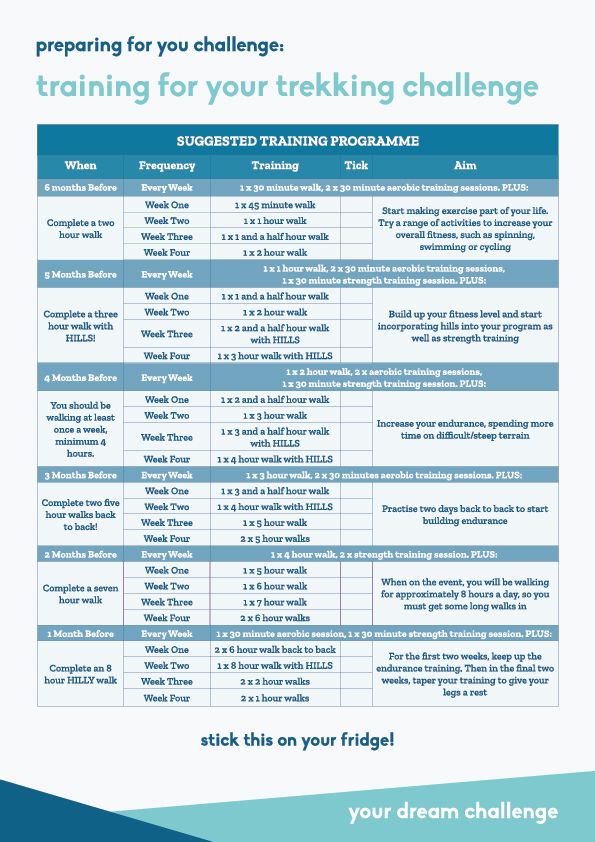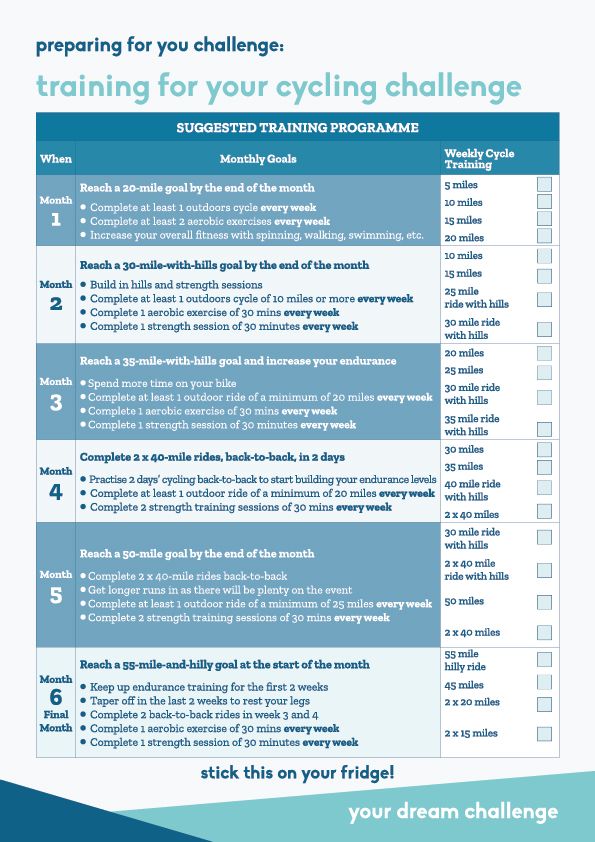
Get ready to embark on an extraordinary cycling or trekking adventure challenge that welcomes adventurers of all levels. Dream Challenges invites both passionate cyclists and aspiring trekkers to join a transformative journey where the thrill of conquering challenges and the joy of exploration converge. Whether you’re a seasoned pro or a newcomer to the world of cycling or trekking, this is your opportunity to push the boundaries of what you believe is possible. Picture yourself pedalling through breath taking landscapes or trekking amidst awe-inspiring mountains, fully immersing yourself in the exhilaration of the experience. But before you set off, let us equip you with the essential tools, knowledge, and unwavering confidence to conquer every path and overcome any obstacle. From mastering adventure travel to embracing physical and mental challenges, we’ll guide you towards unlocking your true potential. Together, as part of a vibrant community of adventurers, we’ll show you that with the right mindset and indomitable spirit, you can take on anything that comes your way.
So, gear up, tighten your laces, and get ready to embark on an unforgettable adventure. The world awaits your tyre tracks and footprints, regardless of your experience level. It’s time to unleash the adventurer within and prove that there are no limits to what you can achieve. Get ready to discover the thrill of the unknown and create memories that will last a lifetime. Your next cycling or trekking challenge starts here.
Medical advice
If you have any specific health problems (e.g., diabetes or asthma), you should speak to your doctor about the action you can take to maintain your health while on the challenge. We also ask that you alert us to your medical needs prior to the trip. A medical form has been provided in the challenge information pack for you to fill out. This will be assessed by our challenge doctor.
Trekking training
Your Trek Preparation guide is designed to assist you in staying on track with your training for the upcoming trekking challenge. It contains valuable insights and includes an example training program that can serve as a helpful guideline throughout your preparation. Let‘s dive in!
Download our Trekking Training Plan.

The holy trinity of training
Start slow
Don’t run before you can walk (so to speak): healthy training involves a gradual build-up of effort. It’s the only way to minimise the risk of strains and other injuries.
Train for all weathers
On your trek, it could be warm or cold at different times so train in both conditions. Test your equipment and yourself by striding out in all weathers. This will help to build your strength and endurance. Vary your terrain while you’re at it and you’ll be prepared for just about anything.
Protect your feet
It’s crucial to have the right footwear. Your walking boots should give good support to your heel and ankle. They should have some waterproofing as well as being breathable. If you walk through snow, feet can get damp quickly. Consult an expert shoe fitter and find the right boot for you. Specialist hiking socks that wick away moisture can also be an extremely effective guard against the blister.
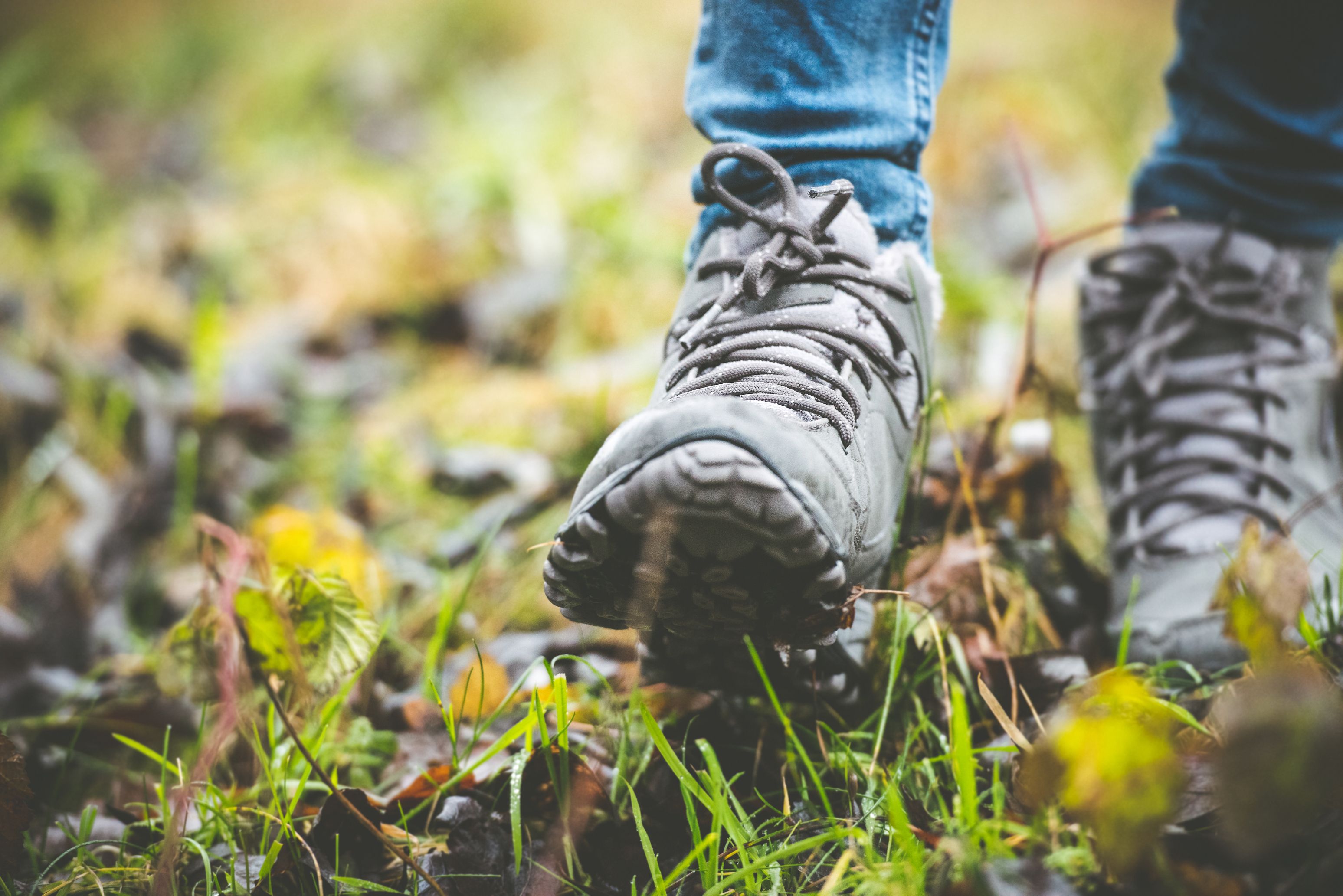
Training advice
Your trekking challenge will be physically demanding, so it’s essential that you’ve reached a good level of fitness before the event. Even if you are an experienced hiker, you’ll probably not be used to walking for approximately 8 hours per day on uneven surfaces, steep hills or difficult terrain.
We strongly recommend that, in the months leading up to your challenge, you not only practice your walking, but also cross train with other sports such as running, swimming and cycling. This will enable you to build up the strength, cardiovascular stamina and muscle endurance necessary for you to complete the challenge – and have a great time as you go!
Hydration and healthy nutrition are key to ensuring safe and successful training. Never let yourself go thirsty, and make sure you’re giving your body the balanced diet it needs to stay strong and well.
Cycling training
Training for a cycling challenge is a transformative journey that demands both physical and mental preparation. Conquering mountainous terrains, long-distance rides, or prestigious events requires dedication and determination. To approach training effectively, set clear goals, create a structured training plan, gradually increase intensity, and incorporate cross-training for balanced fitness. Listen to your body, prioritize rest and recovery, and stay consistent with your training schedule. Embrace challenges as opportunities for growth and maintain a positive mindset throughout the process. Remember, it’s not just about crossing the finish line but also discovering your true potential as a cyclist.
Download our Cycle Training Plan.
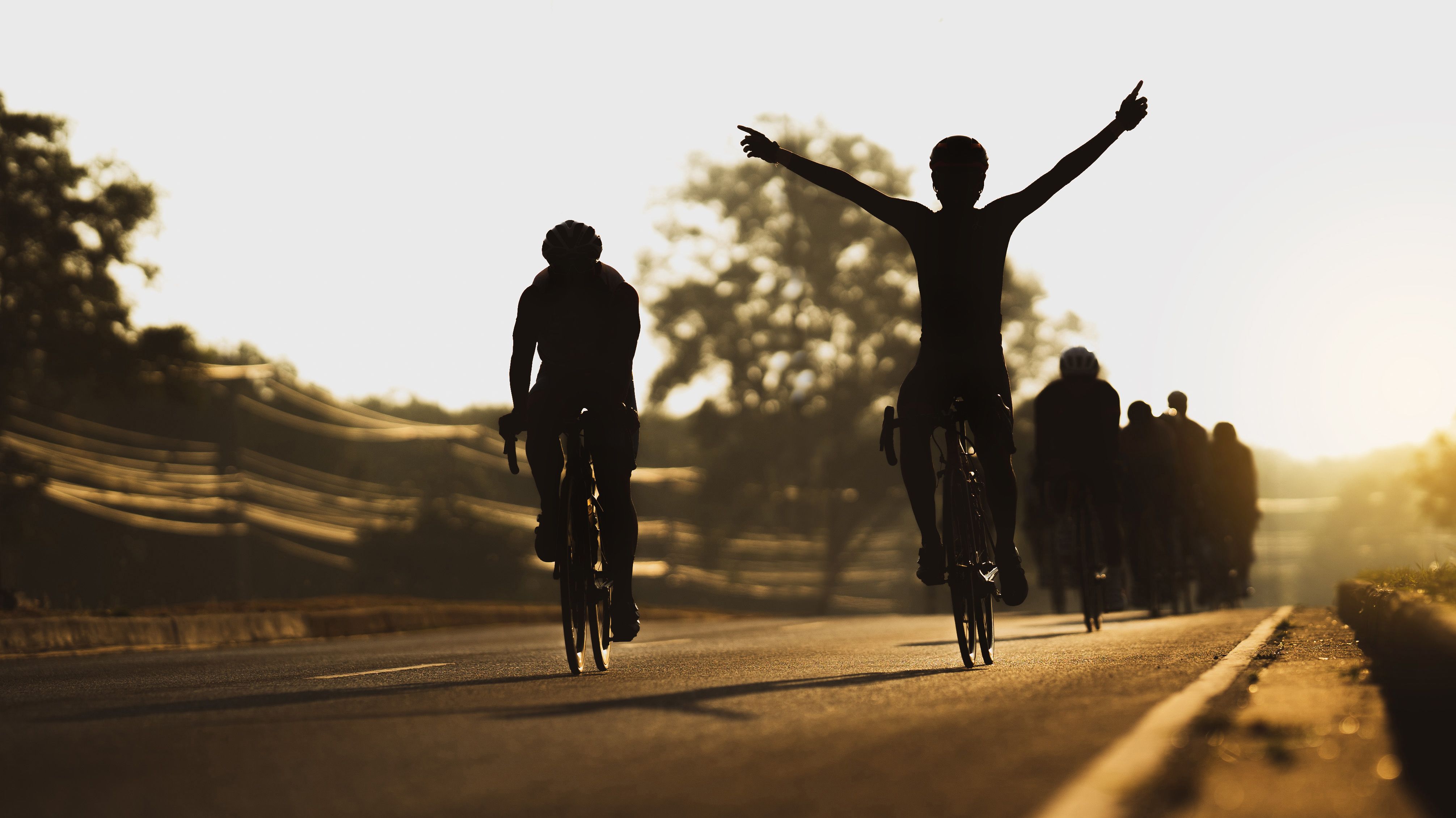
Find the right ride
The bike you use for the challenge is likely to be a mountain bike. If you can find a mountain bike for your training, it will set you in very good stead for the main event.
Before you get on the bike make sure it fits properly. If it has been a while since you last rode it, we strongly recommend having it serviced by your local bicycle specialists.
Here are some things to watch out for:
Tyres: These should be properly inflated, have a good tread and be free from cracks or other signs of damage.
Wheels: Nuts or quick-release mechanisms should be tight and secure.
Saddle and Seat Post: You’ll need to make sure the stem is fastened tightly and that your seat is both horizontal and set at the correct height. As a guide, the saddle should be adjusted until you can stretch your leg right out and comfortably place the ball of your foot on the ground.
Chain: Check that your chain turns smoothly through your front and rear sprockets, and that it doesn’t rub against the derailleurs, or make a grinding noise.
Gears and Shifters: The chain should move freely when moving between gears. Check this by turning the bike upside down and turning the pedals whilst changing gears. Any clunking sounds or chain slippages should be dealt with by your local repair shop.
Brakes and Levers: Test your brakes by gently squeezing the brake lever. The brake pads should apply pressure quickly and smoothly to stop the wheels turning immediately.
Punctures: Make sure you know how to repair a punctured tyre, especially if you’re going to be riding solo during your training. Ask someone to give you a lesson or look it up on YouTube.
Challenge insights


Insights into trek the jordan desert
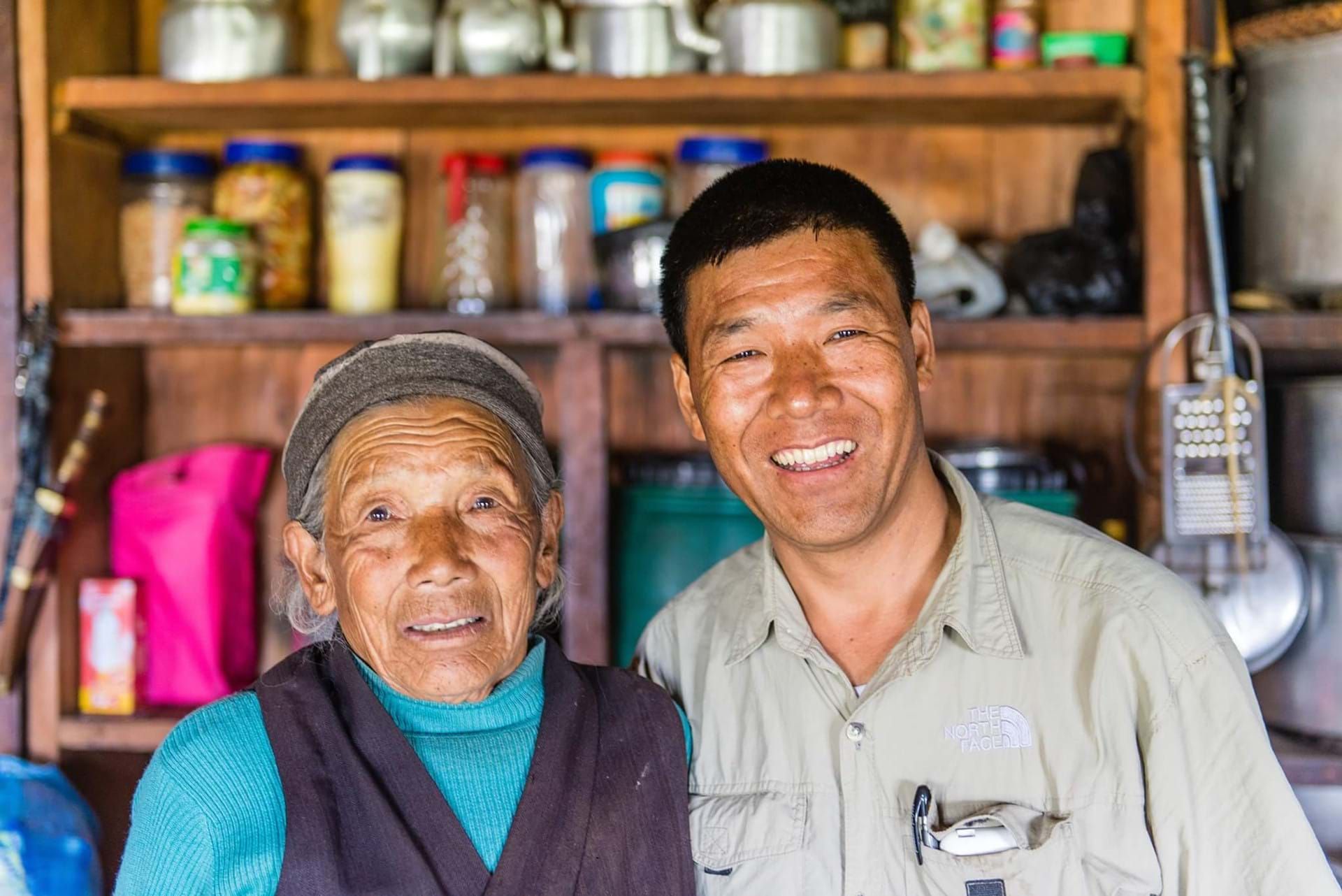
Insights into the trek to mount everest base camp
Get the dream challenges email newsletters
Be the first to know when we launch exciting new challenges and hear more about each of the awesome adventures you can join and sign up to our mailing list!
We’ll send you all sorts of fun stuff, including interviews with our local agents, top tips, case studies, videos and more – view our privacy policy for details.


